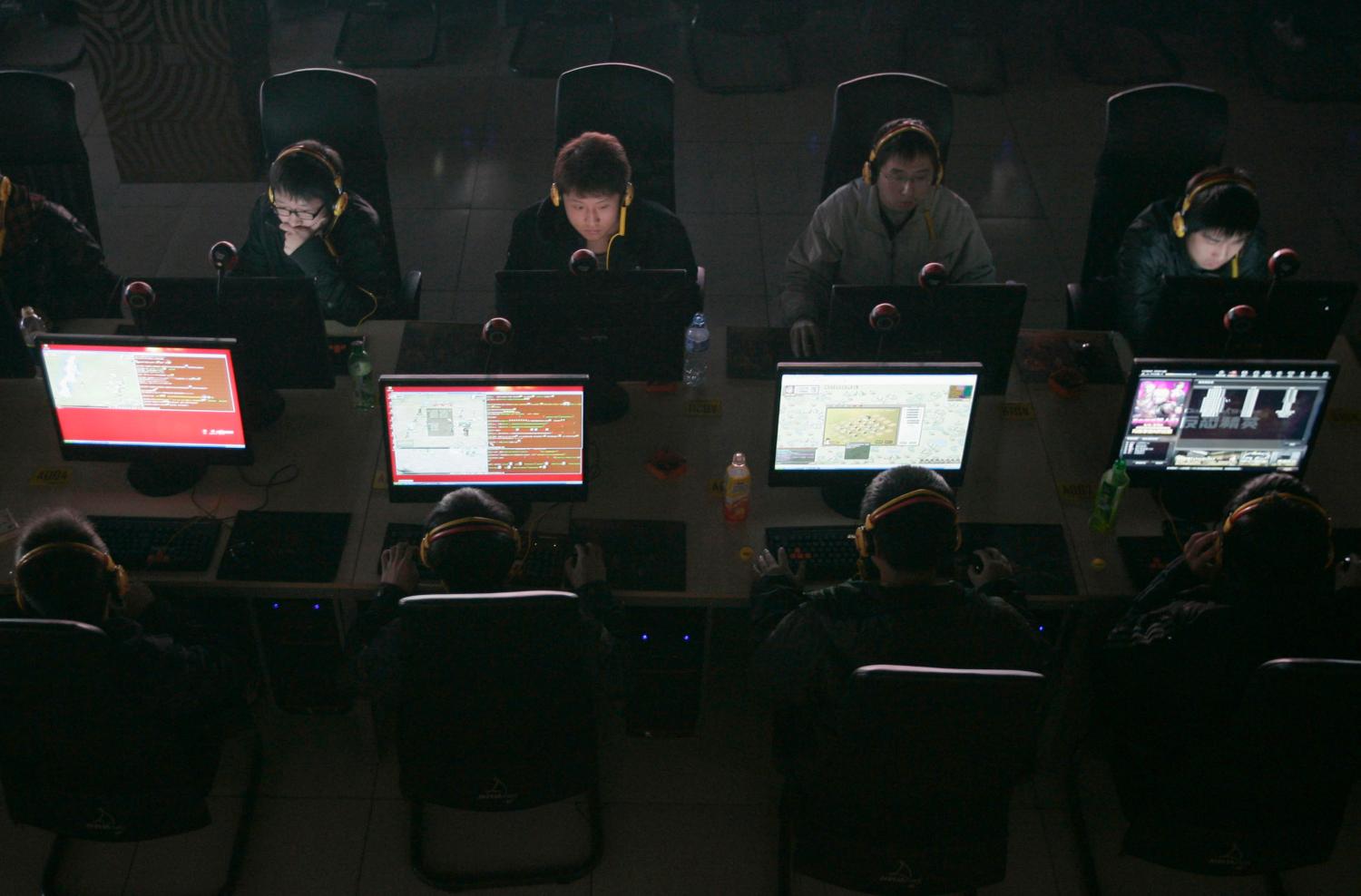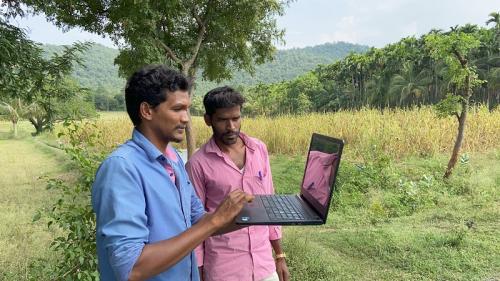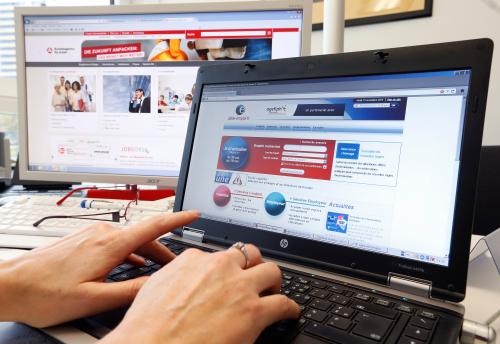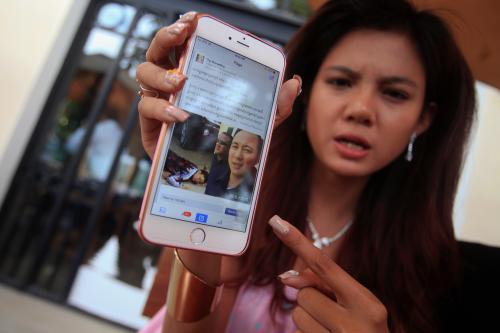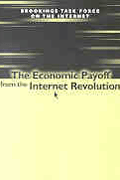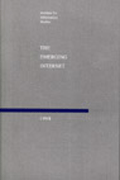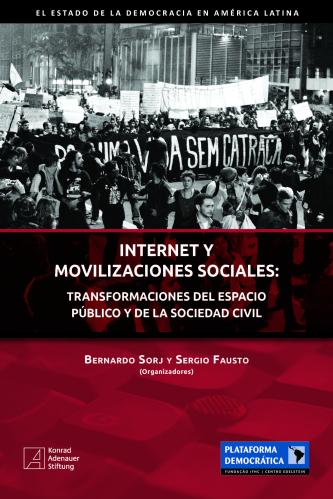There are a number of ways to improve technology access and bring the benefits of a robust and open Internet to people around the world. By taking actions to reduce the gap between Internet users and nonusers, governments can work to maintain the freedom, openness, and diversity that are the cornerstones of the Internet.
In his latest paper, Darrell West argues that it is especially important to make progress on digital access, particularly in the cases of India and China. In these countries, an estimated 2 to 4 billion people have no Internet access, comprising over half of the world’s disconnected populace. Addressing barriers to connectivity in this part of the world will make it easier for the unconnected to use digital services, bring them into the technology era, and give them access to valuable tools for economic development and social integration.
From this research, it is clear that zero rating programs—waiving data caps for people who lack the financial resources for expensive data plans—represent effective ways to expand access by bringing impoverished people into a diverse and competitive digital world and drive demand for local content and services. These approaches help to address the affordability challenges that exist, especially in many parts of the developing world.
Policies that promote telecommunications competition help reduce access charges and thereby enable more people to use Internet services. And if people can access a wide range of digital content through multilingualism or their local languages, it will promote greater literacy and show people the social, economic, and civic benefits of Internet connectivity. With these kinds of changes, it is possible to narrow the digital divide and bring digital benefits to billions of people around the world.

